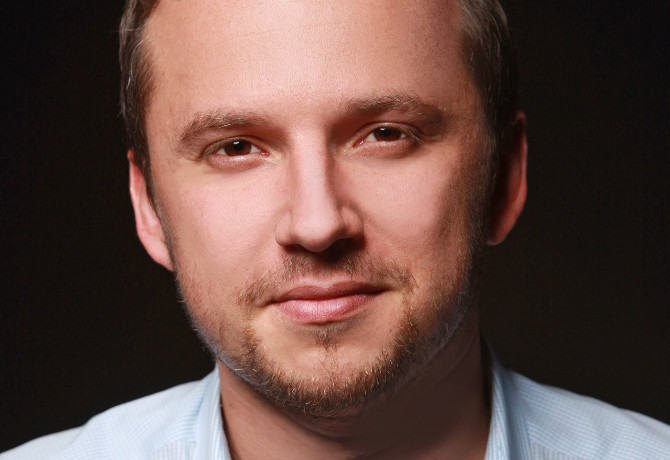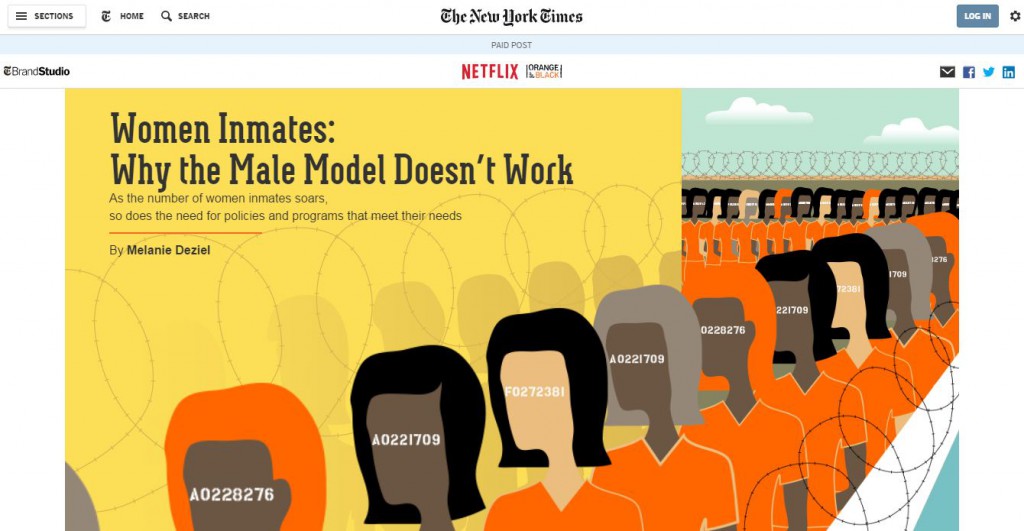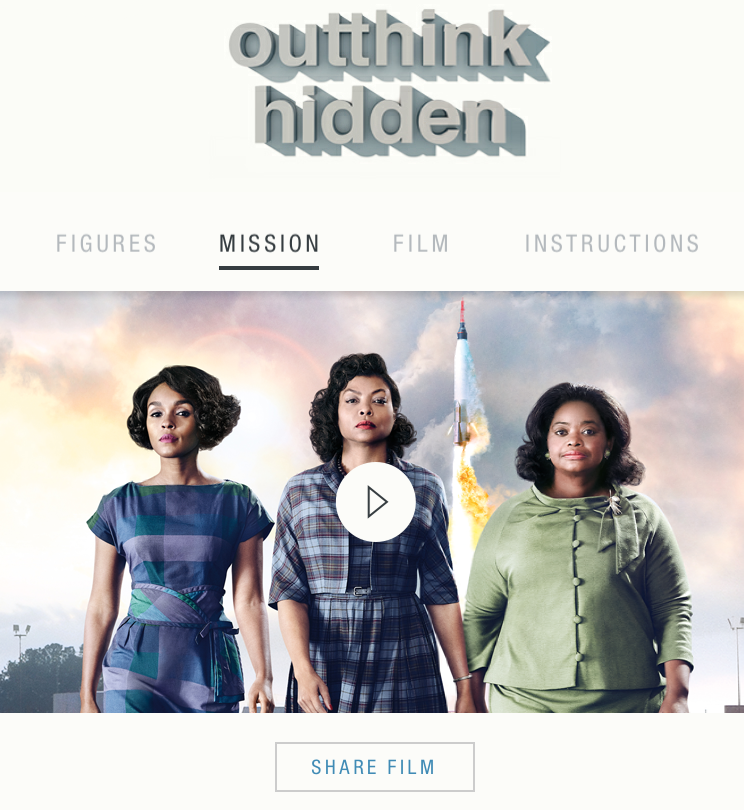The New York Times is planning to go toe-to-toe with creative agencies to secure direct client relationships, its innovation head Sebastian Tomich reveals.

Sometimes boring is good. This is particularly true if you have reshaped your commercial operations with the vim and vigour displayed by The New York Times over the past couple of years.
“2016 was a very big year for us,” admits Sebastian Tomich, senior vice president, advertising and innovation at The New York Times – and a speaker at the upcoming Festival of Media Global 2017 in Rome. “It was the year of building,” he adds, “and 2017 is the year of execution.”
While rival publishers have dipped appendages of varying sizes into the torrent of content flooding the media landscape, the Times opted to dive in head-first. After rolling out its T Brand Studio operation in New York, London and Hong Kong, the publisher went out and acquired virtual reality production house Fake Love and influencer marketing agency HelloSociety.
This was accompanied by a wholesale overhaul of its global programmatic team, and a plan to ensure that all Times inventory is available on an automated basis over the coming 12 months. The aim is to capitalise on a polarisation of digital advertising, with high-end, creative services at one extreme, low-cost, efficient automation at the end – and the “middle” ground of direct ad sale transactions “all but wiped out”.
Tomich and his colleagues have been set a formidable challenge: to double the Times’ digital revenues to $800m by 2020, with at least half of this coming from its ad business. A “significant portion” of those revenues, he says, will come from its new content and creative services operations – and they are already growing faster than its display business.

New York Times as AOR?
This kind of surge in revenue is unlikely to come from a smattering of one-off projects, even if they do provoke as much attention as T Brand Studio’s work for Netflix series ‘Orange in the New Black’ (see above). Instead, Tomich has been open about his ambition to create an offering to truly rival traditional creative agencies and those media agencies with content-creation aspirations.
The Times has already devised content campaigns that have subsequently run on rival publishers, including a video for technology brand Philips, which was used as native advertising on Forbes and The Washington Post. It has also produced a raft of work on a white-label basis for an unnamed financial services client.
While ‘agency of record’ (AOR) status remains a relatively distant ambition, the Times is much closer to securing on-going “retainer” relationships with clients – something Tomich argues is necessary if publishers are to attract the necessary talent needed to offer brands a compelling service.
“The economics of doing these high-end campaigns doesn’t work. At some point publishers are going to have to charge for their time”
“We are getting close to signing our first direct client-agency deal on retainer, which is very exciting for us,” he says.
“I think we’re two-to-three years out, but it feels inevitable that publishers will have to become agencies, because the economics of doing these high-end campaigns doesn’t work. At some point publishers are going to have to charge for their time, and you can’t do that if you are working through an agency on a project basis.
“I don’t see T Brand Studio going in and pitching to be an AOR business [at the moment]. I’d like to get there, but there are so many things that have to happen before we are at that point. The way we transact with marketers has to change; there has to be a wholescale balance shift. All those fancy creative directors, who make significant amounts of money, would have to go and work at publishers, and publishers have to be willing to pay them.
“We’re not there yet.”

Front of the virtual pack
If the Times is forging ahead of the curve in its relationships with clients, then it has raced to the front of the pack in virtual and augmented reality (VR/AR) with its investment in Fake Love. Indeed, it is now competing with specialist production houses to become a VR agency of record for brands.
Already this year, it has released content for Kia and IBM – in the case of the latter, promotingits involvement with the recent ‘Hidden Figures’ movie celebrating unheralded heroes of America’s space programme – which have seen T Brands Studio utilise Fake Love’s VR capabilities.
“I’m not going to say the leader, but we are one of the leaders in the VR production space, and it is growing rapidly,” adds Tomich.
“My feeling about VR and AR right now is the creative capability is outpacing the technology, and the mass adoption of the hardware”
Yet, as much as the industry has become excited about the potential of VR and AR, he acknowledges that the technology is yet to offer the capacity reach consumers in large numbers. Nonetheless, opportunities remain in the deployment of VR technology for experiential purposes, he argues.
“From a marketing perspective, yes, [the market is ready for VR]. From a consumer perspective, no. My feeling about VR and AR right now is the creative capability is outpacing the technology, and the mass adoption of the hardware,” says Tomich.
“It is really valuable for experiential marketing and hosting events. What Fake Love has done really well is connect to digital creative and digital media to these experiential campaigns, where we can build this never-been-done-before work. Then you surround that with lots of different media you can get out to the world, and it bridges that gap.”
The Times is likely to make fewer headlines in 2017 – notwithstanding President Trump’s criticism of its recent brand campaign. Plans are being drawn up to expand Fake Love and HelloSociety globally, and announcements on “retainer-based journalism” are expected to follow soon.
In Tomich’s words, the publisher plans to “put [its] head down” and to ensure innovations like T Brand Studio are successful. “It’s a little more boring, but did so much last year,” he says. Do not expect it to stay quiet for long.







